All Science
 Animals that baffled Darwin finally placed on family tree
Animals that baffled Darwin finally placed on family treeThanks to a genetic study, a pair of extinct animals that have long defied categorization now have a taxonomic home.
 Where did the British come from? Fine-scale genetic study reveals clues.
Where did the British come from? Fine-scale genetic study reveals clues.A new genetic map answers age-old questions – both archaeological and cultural – about the people of the United Kingdom.
 Will treadmill dancing be the next Zumba?
Will treadmill dancing be the next Zumba?Videos of people dancing on treadmills have been a YouTube staple for years. Could the viral trend make its way into fitness clubs?
- Why Friday's solar eclipse will be the stuff of legends
For many people around the world, a solar eclipse is as much a cultural event as it is an astronomical one. Here are some tips on viewing it safely.
 Researchers find remains of 'Don Quixote' author Miguel de Cervantes
Researchers find remains of 'Don Quixote' author Miguel de CervantesFather of the modern novel Miguel de Cervantes' body was found in the Convent of the Barefoot Trinitarians in Madrid after being lost since the 17th century.
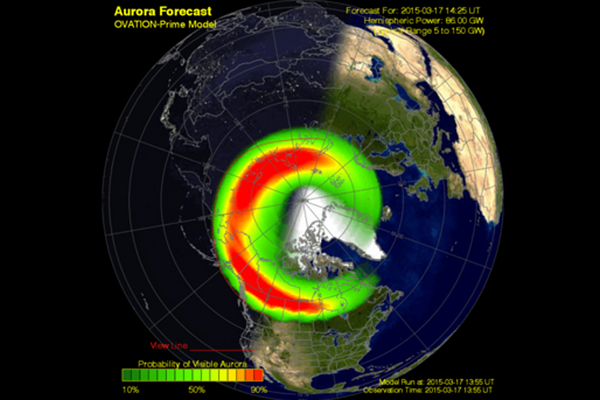 On St. Patrick's Day, a dancing green aurora?
On St. Patrick's Day, a dancing green aurora?The massive solar storm currently bombarding the Earth could produce Northern Lights visible from the contiguous United States.
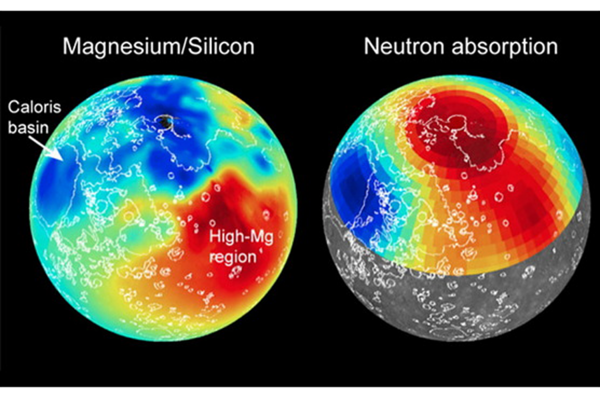 What is the planet Mercury made of? Space probe data reveals clues.
What is the planet Mercury made of? Space probe data reveals clues.Using data from NASA's MESSENGER probe, scientists have created two new maps of Mercury, revealing never-before-seen formations on the surface of the planet.
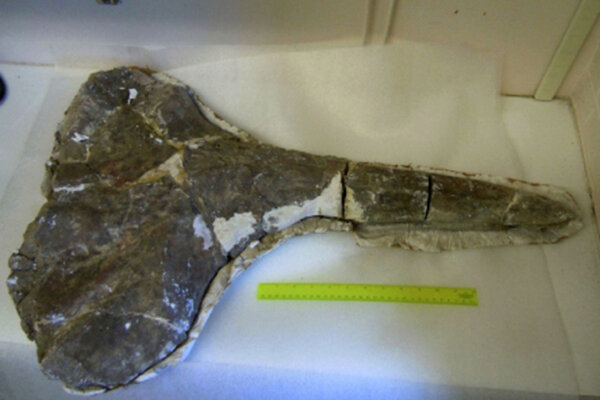 How an ancient whale skull could point to humanity's birthplace
How an ancient whale skull could point to humanity's birthplaceWith the 17-million-year-old skull of an ancient whale, researchers are zeroing in on the origins of human bipedalism.
- Science NotebookWeird worm uses elastic body to sling slime
By exploiting laws of fluid dynamics and elasticity, velvet worms fire a predatory jet of slime that oscillates faster than muscular action allows.
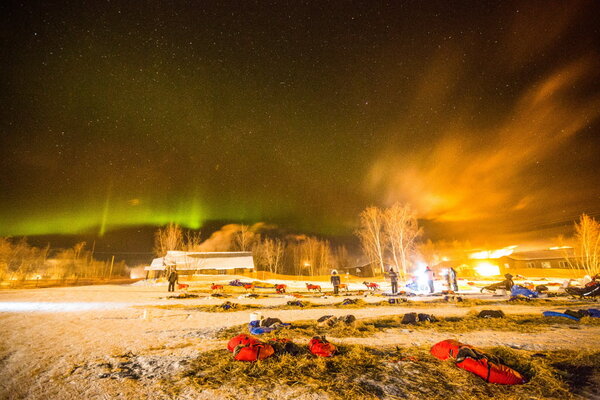 Where can you see the Northern Lights in the US tonight?
Where can you see the Northern Lights in the US tonight?Due to strong coronal mass ejections from the sun the Northern Lights will be migrating farther south than usual tonight.
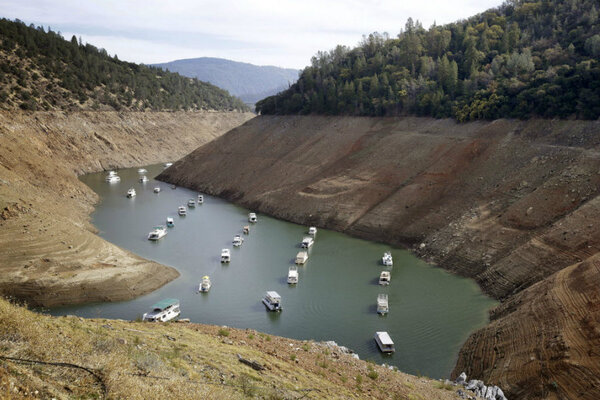 Is California about to run out of water?
Is California about to run out of water?NASA’s Jay Famiglietti recently wrote that though the state’s water supply is rapidly disappearing, it’s not yet too late – but Californians need to commit to conservation today.
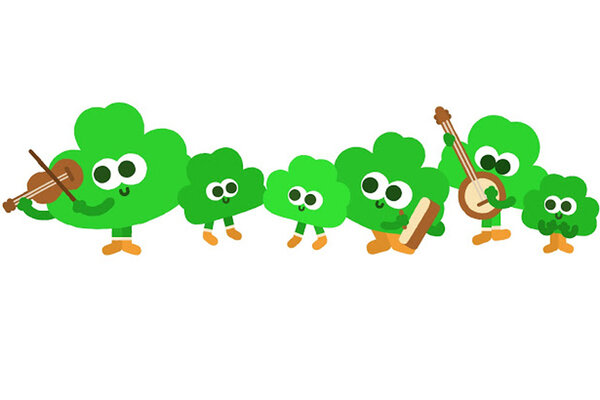 Science NotebookOn St. Patrick's Day, here's the real reason Ireland has no snakes
Science NotebookOn St. Patrick's Day, here's the real reason Ireland has no snakesSt. Patrick's Day celebrates the patron saint of Ireland, who, according to legend, banished snakes from the Emerald Isle.
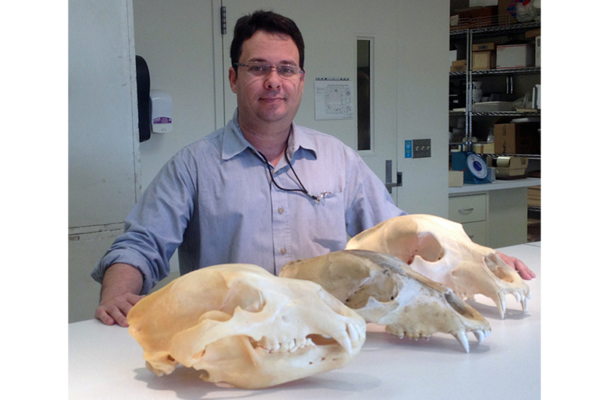 Scientists reveal origin of 'yeti' hairs
Scientists reveal origin of 'yeti' hairsA genetic analysis of hair samples from the Himalayas reveal that they come from a brown bear.
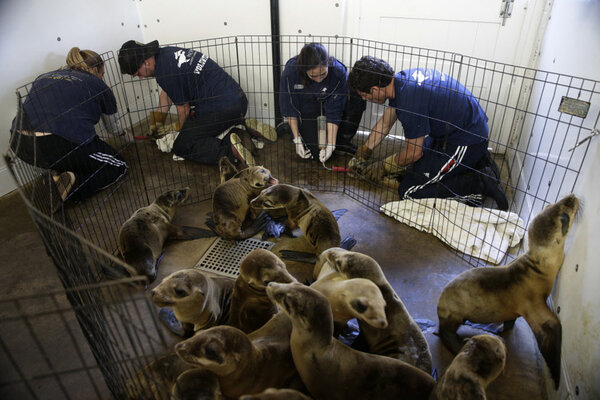 Can we save California’s sea lions?
Can we save California’s sea lions?Animal rescuers rush to the aid of California sea lion pups, lost and starving from an unprecedented stranding event.
- How Anna Atkins blazed a garden path for women to sneak into science
Like many women in the sciences, Anna Atkins, celebrated Monday on Google's search page, entered her field by focusing on illustrations.
- Atlas V rocket blasts magnetospheric science satellites into space
NASA's Magnetospheric Multiscale mission uses four satellites flying in a pyramid formation to study explosive events in the magnetic fields around our planet.
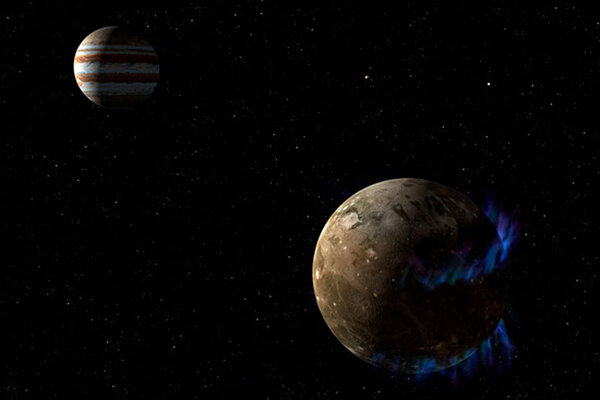 Jupiter's largest moon has an ocean, say scientists
Jupiter's largest moon has an ocean, say scientistsData from the Hubble Space Telescope indicate that Jupiter's largest moon, Ganymede, has a salty ocean beneath its surface.
 'Picture perfect' Atlas V launch sends four NASA satellites into orbit
'Picture perfect' Atlas V launch sends four NASA satellites into orbitNASA's four Earth-orbiting Magnetospheric Multiscale satellites will study explosive magnetic reconnection events, which can damage satellites and interfere with power grids.
 Science NotebookPi Day pizza: How big would this pizza be with $85,000 in shredded mozzarella?
Science NotebookPi Day pizza: How big would this pizza be with $85,000 in shredded mozzarella?Over the past weekend, thieves made off with a tractor-trailer full of shredded mozzarella, presumably to bake the world's largest pizza for Pi Day. But what will the pizza's diameter be?
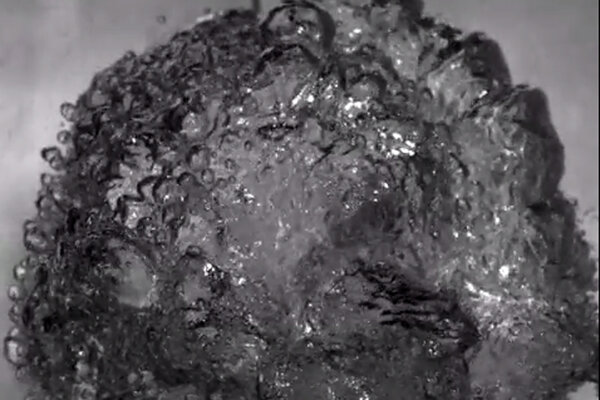 Science NotebookWhy water balloons popped underwater seem to explode
Science NotebookWhy water balloons popped underwater seem to explodeA YouTube video, shot at 36,000 frames per second, shows a balloon popping underwater. What’s going on there?



















